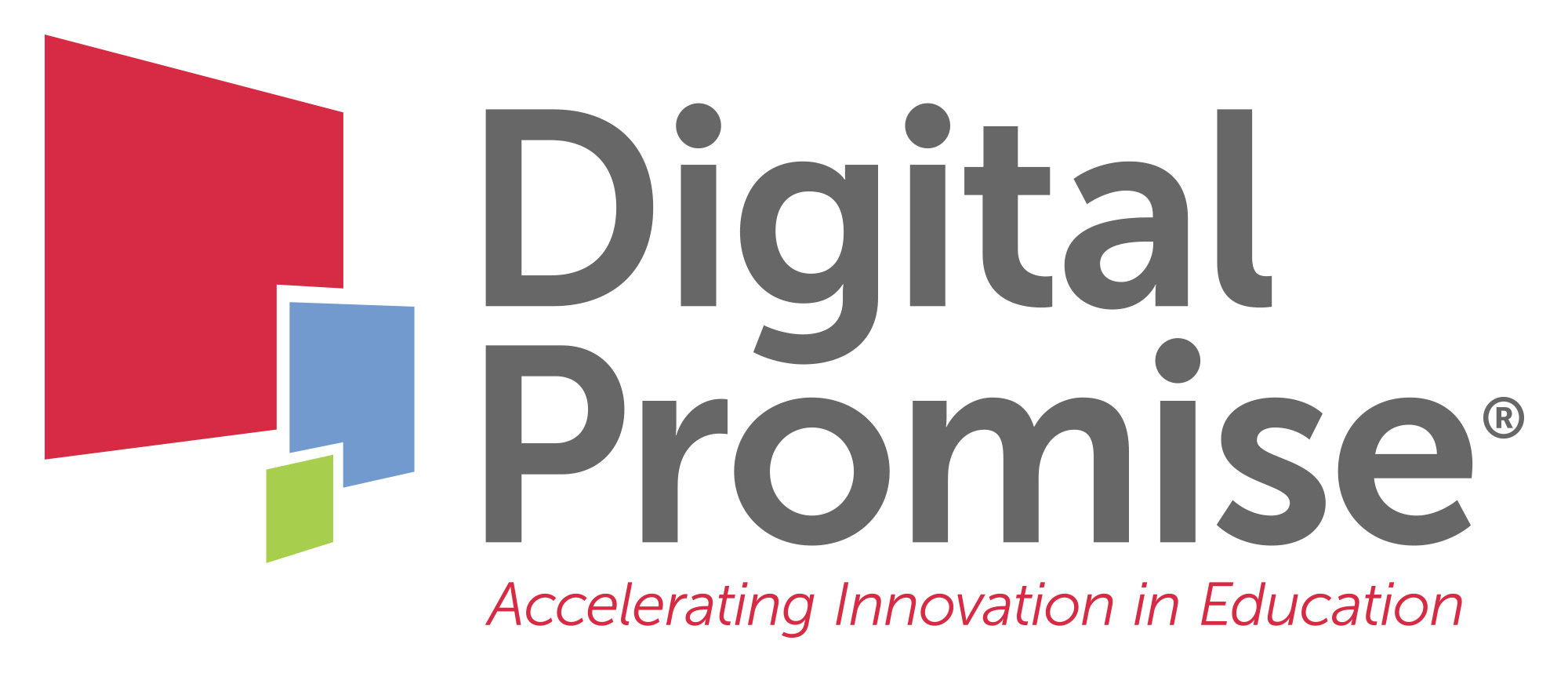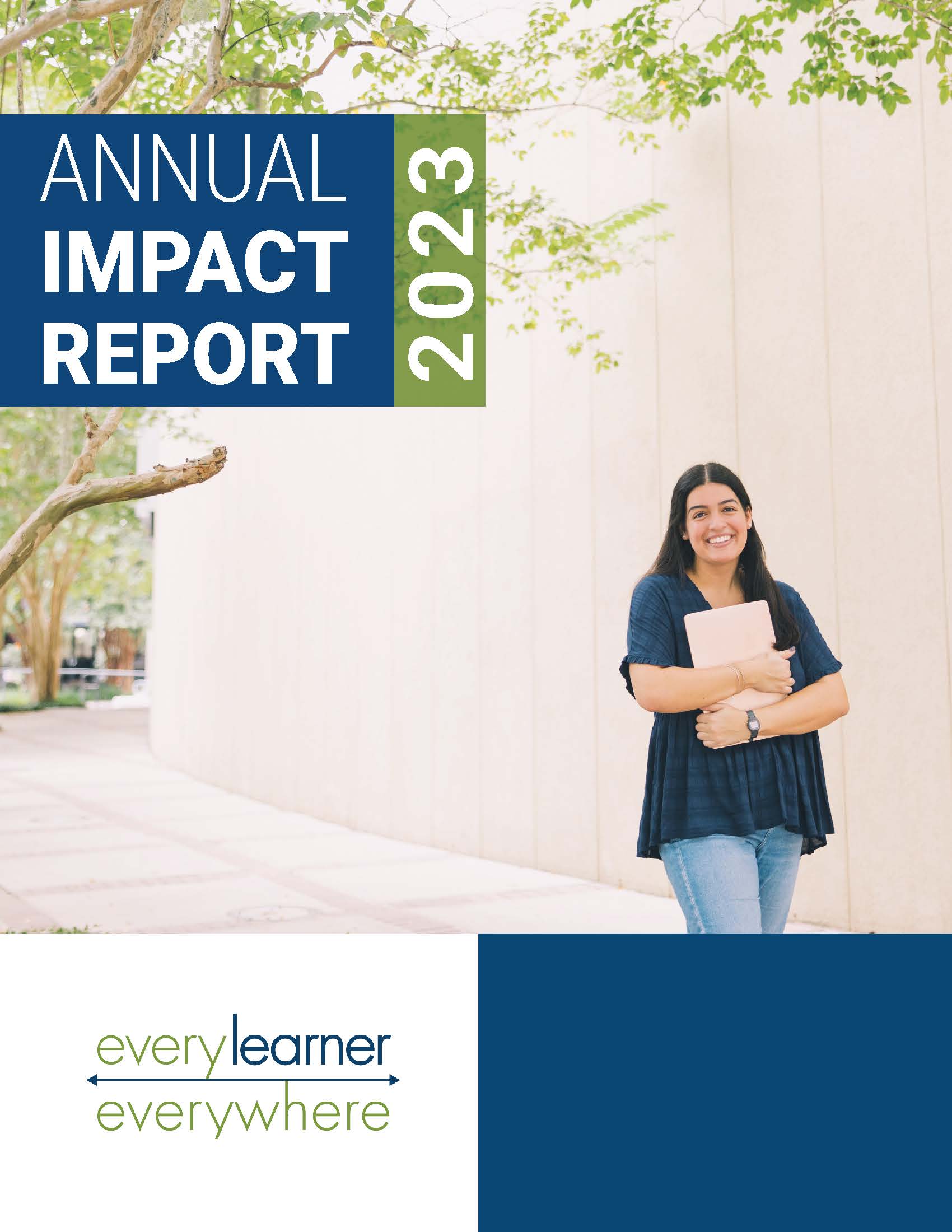Part 1: A National Survey of Faculty during COVID-19
This spring, higher education institutions engaged in a rapid and unprecedented movement to remote teaching and learning that exposed a new cohort of faculty with no prior experience teaching online to the use of digital learning tools and techniques. Counter to the prevailing sentiment in the popular press, this transition left many faculty with a more positive perception of online learning. However, the shift also exposed major challenges, which include instructor and institutional readiness, consistency of experience, gaps in student access and readiness, and trust in institutions’ ability to solve for these issues.
This report presents the first results from an ongoing series of surveys and focus groups with faculty designed to understand the ongoing impact of the COVID-19 pandemic on teaching and learning in higher education. More than 4,000 faculty at over 1,500 higher education institutions nationwide have thoughtfully shared their experiences. This first analysis focuses on understanding the extent of the spring 2020 transition to remote learning. Future installments in the series will focus on understanding evolving hybrid delivery approaches and their impact on instruction, tools, and practices; professional development priorities; impacts on access and equity; and the specific experiences of faculty teaching introductory courses.
At the time of this report’s release, we are still amidst much uncertainty. Many institutions are still finalizing the details of their fall instructional plans, and we continue to monitor these varied plans and instructional models. However, what is certain is that there will be no “back to normal.” The impact of a global pandemic and economic crisis has created a shift in how, when, and where student learning occurs.
The increased use and adoption of digital learning tools and techniques to enable learning and flexibility is here to stay. And a professoriate that has largely worked tirelessly to support students in the unprecedented spring transition needs support to be ready for this new reality.
Download Time for Class Covid-19 Edition Part I









